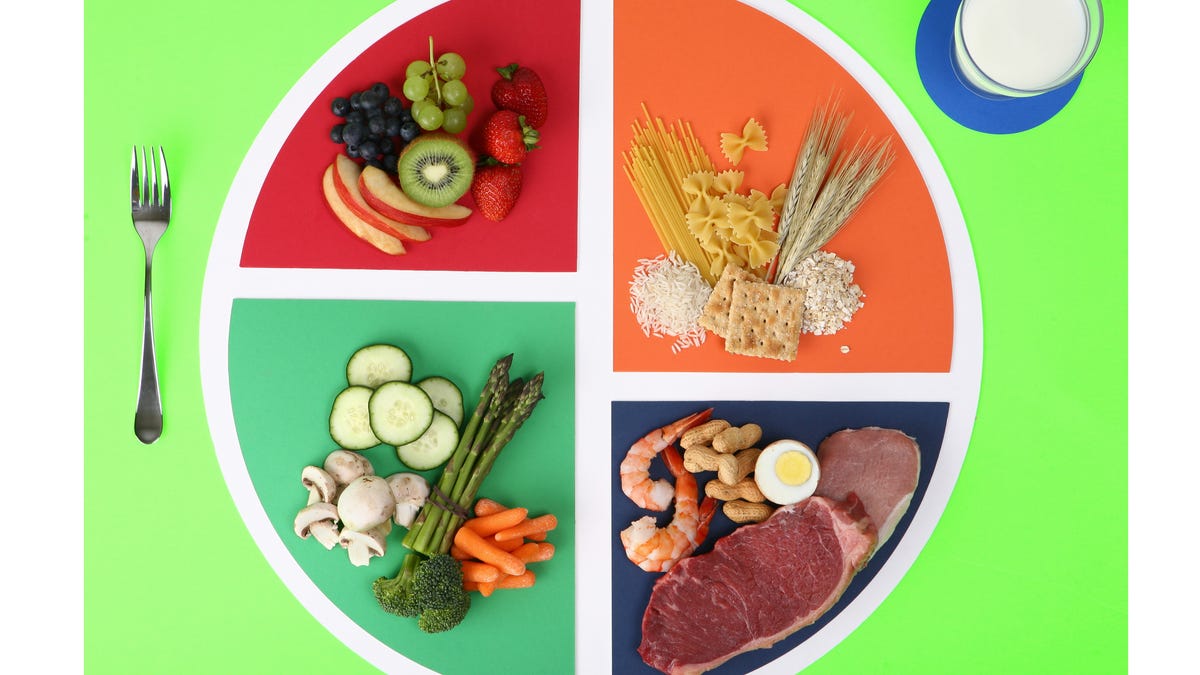White House Announces Plans to End Hunger, Increase Healthy Eating
Proposals aimed at transforming nutrition in the US come a day before a White House conference on food, nutrition and health, the first in 50 years.

The White House on Tuesday released a summary of its plan to end hunger by 2030, along with increasing access to healthy foods and decreasing diet's role in causing diseases like Type 2 diabetes and hypertension.
The strategy comes ahead of Wednesday's White House Conference on Hunger, Nutrition, and Health, which will be the first and only conference aimed at food security and nutrition in more than 50 years. The last conference, in 1969, helped bring into action programs that've helped adults and children access food, like school lunches and the Special Supplemental Nutrition Program for Women, Infants, and Children (also known as the WIC).
Some actions laid out by the Biden administration to make healthier food accessible -- about 10% of households were food insecure in 2021 -- include expanding Supplemental Nutrition Assistance Program (SNAP) benefits to more people and expanding school lunch and summer programs that provide food for children.
Food insecurity and weight gain both increase in children during the summer months, according to the White House, particularly among Black and Latino children. Federal law also currently prohibits many people who have low incomes from accessing SNAP benefits, including some people who've been incarcerated. The Biden administration said it'll work with Congress to remove these restrictions, which may also impact college students, people who've aged out of foster care and more.
The White House also said it'll work on food packages in the US in order to increase people's knowledge about what they're eating, specifically proposing a front-of-package label for foods that might help consumers "quickly and easily" identify foods that have a higher nutrition content.
In its announcement Tuesday, the White House acknowledged that there is "no silver bullet to address these complex issues, and there is no overnight fix." It's unknown at this time how many changes will be made to America's food programs or its food labeling system, since action from Congress will be required for many such changes. What's more, research into food quality and nutrition continues to evolve (the constant yo-yoing of "good" fats versus "bad" fats, for instance) and it's unclear whether additional government labels of "healthy" will be able to accurately reflect new food science in real time.
Though it's difficult, if not impossible, to definitively label one specific diet as "most healthy" or "totally unhealthy," it's generally understood that a diet that includes a lot of vegetables, fruits, lean proteins and fatty acids can promote physical health and may reduce your risk for heart disease and other preventable illnesses. Alternatively, diets lacking these types of foods may be too high in sugar and salt and can negatively influence health outcomes, including death.

